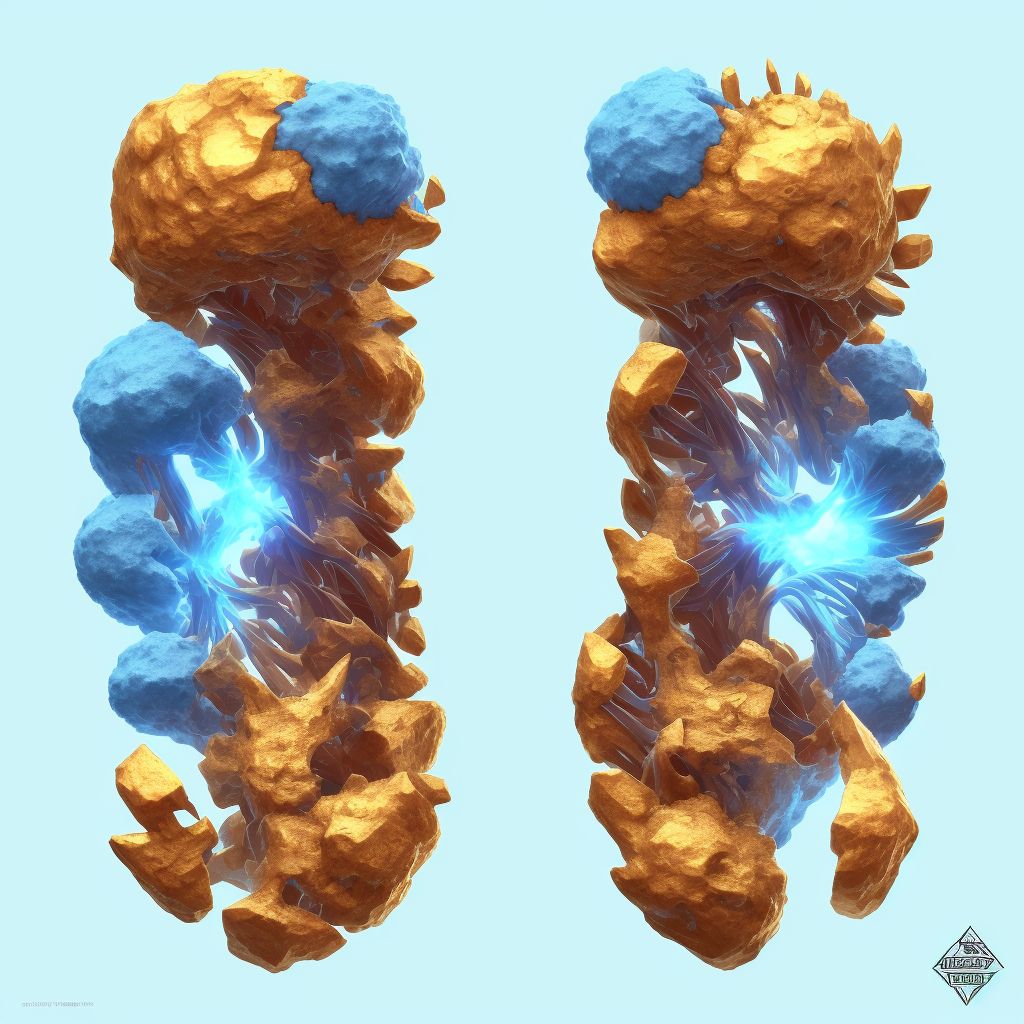
Displaced segmental fracture of shaft of unspecified tibia, subsequent encounter for open fracture type I or II with malunion Save
ICD-10 code: S82.263Q
Disease category: S82.263: Displaced segmental fracture of shaft of unspecified tibia
Displaced Segmental Fracture of Shaft of Unspecified Tibia: Understanding Open Fracture Type I or II with Malunion
A displaced segmental fracture of the shaft of an unspecified tibia can be a complex and challenging injury. When this fracture occurs in an open fracture type I or II and subsequently leads to malunion, it requires careful management and monitoring.
In medical terms, a displaced segmental fracture refers to a break in the shaft of the tibia bone that results in two or more separate bone fragments. This type of fracture often occurs due to high-energy trauma, such as a severe impact or a crushing injury. It is essential to seek immediate medical attention if you suspect a displaced segmental fracture of the tibia.
When an open fracture type I or II is present, it means that the fractured bone has penetrated the skin to some extent. These fractures are classified based on the severity of the soft tissue injury and the presence of contamination. Open fractures require urgent attention to prevent infection and facilitate proper healing.
Malunion refers to the improper healing of a fracture, leading to misalignment or deformity of the bone. In the case of a displaced segmental fracture of the tibia, malunion can occur due to various factors, including inadequate initial reduction, delayed treatment, or inadequate stabilization of the fracture.
- Causes of Displaced Segmental Fracture:
- High-energy trauma
- Crushing injuries
- Characteristics of Open Fracture Type I or II:
- Penetration of the fractured bone through the skin
- Soft tissue injury severity and contamination determine the classification
- Possible Factors Leading to Malunion:
- Inadequate initial reduction
- Delayed treatment
- Inadequate stabilization
Proper management of a displaced segmental fracture of the tibia with malunion requires a comprehensive approach, including accurate diagnosis, appropriate surgical intervention, and meticulous follow-up care. Orthopedic specialists are skilled in evaluating the extent of the fracture, determining the appropriate treatment plan, and monitoring the healing process.
If you suspect a displaced segmental fracture of the tibia or have concerns about a previous fracture that has not healed correctly, it is crucial to consult with a medical professional. Early intervention and proper care can significantly improve the chances of successful healing and restore functionality to the affected leg.
Treatment of Displaced segmental fracture of shaft of unspecified tibia, subsequent encounter for open fracture type I or II with malunion:
Treatment Options for Displaced Segmental Fracture of Shaft of Unspecified Tibia
A displaced segmental fracture of the shaft of the tibia can be a complex and challenging injury to treat. In cases where it has resulted in an open fracture type I or II with malunion, appropriate treatment options are crucial for successful recovery and restoration of function.
Here are some ...
To see full information about treatment please Sign up or Log in